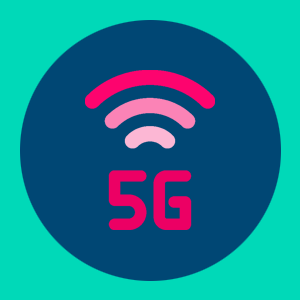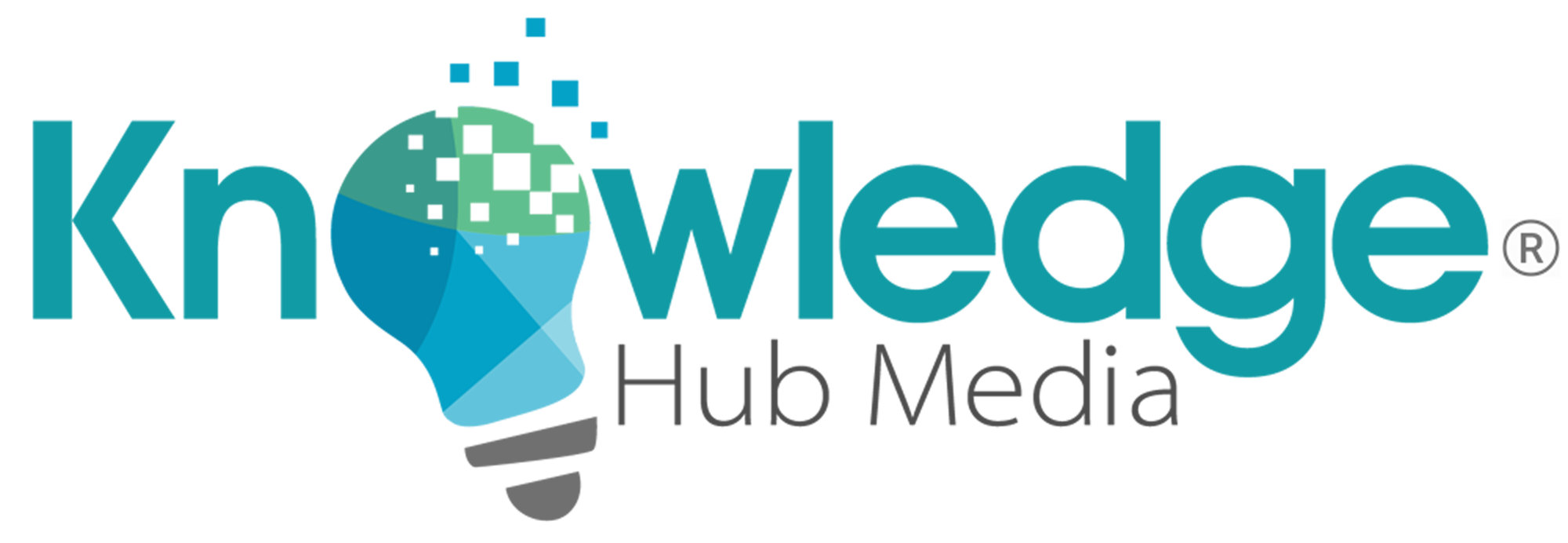 As enterprises navigate the ever-evolving technological landscape, 5G is emerging as a critical enabler for innovation, efficiency, and growth. With its promise of lightning-fast speeds, ultra-low latency, and enhanced connectivity, 5G is reshaping how businesses approach IT infrastructure and strategy.
As enterprises navigate the ever-evolving technological landscape, 5G is emerging as a critical enabler for innovation, efficiency, and growth. With its promise of lightning-fast speeds, ultra-low latency, and enhanced connectivity, 5G is reshaping how businesses approach IT infrastructure and strategy.
In this blog, we’ll explore the impact of 5G on enterprise IT, its potential use cases, and why incorporating 5G into your IT strategy is essential for staying competitive in 2024 and beyond.
1. What Makes 5G a Game-Changer for Enterprises?
5G is more than just a faster version of its predecessors; it’s a technological leap that offers distinct advantages for businesses:
- Ultra-Low Latency: With latency as low as 1 millisecond, 5G enables near-instantaneous communication, critical for applications like IoT, AR/VR, and remote control systems.
- Massive Connectivity: 5G supports up to 1 million devices per square kilometer, making it ideal for large-scale IoT deployments.
- Enhanced Speed: With speeds up to 100 times faster than 4G, 5G facilitates rapid data transfers, video streaming, and cloud interactions.
These capabilities position 5G as a key driver of digital transformation across industries.
2. Key Use Cases of 5G in Enterprise IT
a. Enabling Smart IoT Deployments
5G’s ability to connect millions of devices with minimal latency makes it a backbone for IoT ecosystems.
- Smart Factories: 5G powers real-time monitoring, predictive maintenance, and automation in manufacturing.
- Connected Logistics: Enterprises can track shipments in real time and optimize routes using 5G-enabled IoT sensors.
- Energy Management: Smart grids and meters leverage 5G to enhance energy distribution and consumption monitoring.
b. Transforming Edge Computing
With 5G, enterprises can shift workloads closer to the edge of their networks, improving performance and reducing reliance on centralized cloud servers.
- Real-Time Analytics: Businesses can process data locally for faster decision-making.
- AR/VR Applications: 5G enhances immersive experiences by reducing latency and ensuring seamless rendering.
- Autonomous Operations: From drones to autonomous vehicles, 5G ensures reliable connectivity for critical operations.
c. Enhancing Remote Work and Collaboration
The rise of hybrid work has highlighted the need for robust connectivity solutions.
- Reliable Video Conferencing: 5G reduces buffering and ensures high-quality video calls, even in areas with high network demand.
- Virtual Collaboration Tools: Faster speeds enhance the performance of tools like VR meeting platforms and cloud-based apps.
- Mobile Workforces: Employees can work seamlessly from anywhere with reliable 5G connections.
d. Revolutionizing Cloud Computing
5G strengthens cloud infrastructure by improving data transfer speeds and reducing latency.
- Faster File Access: Teams can access large files and applications instantly.
- Scalable Applications: Enterprises can deploy resource-intensive applications without performance bottlenecks.
- Disaster Recovery: Enhanced connectivity supports rapid data backups and recovery processes.
3. Benefits of Incorporating 5G into Enterprise IT Strategies
a. Increased Efficiency and Productivity: By enabling faster communication and automation, 5G helps enterprises streamline operations and reduce downtime.
b. Competitive Advantage: Businesses that adopt 5G early can outpace competitors by offering superior customer experiences and operational capabilities.
c. Scalability: 5G provides the infrastructure to support growing data demands and expanding device ecosystems.
d. Cost Savings: While the initial investment may be significant, 5G reduces long-term costs by enhancing efficiency and minimizing reliance on wired networks.
4. Challenges Enterprises Need to Address
Despite its advantages, integrating 5G into IT strategies comes with challenges:
- Infrastructure Costs: Deploying 5G networks requires significant investment in infrastructure and devices.
- Security Concerns: As connectivity increases, so does the risk of cyberattacks, requiring robust security measures.
- Integration Complexities: Ensuring compatibility with existing IT systems can be challenging.
To overcome these challenges, enterprises must work with trusted partners and prioritize strategic planning.
5. Preparing for a 5G-Enabled Future
a. Assess Current Infrastructure: Evaluate your existing IT infrastructure to identify areas where 5G can deliver the most value.
b. Invest in 5G-Ready Technologies: Adopt hardware and software solutions designed to leverage 5G capabilities, such as IoT sensors and edge computing platforms.
c. Focus on Security: Implement advanced security protocols to safeguard data and devices in a 5G-enabled environment.
d. Collaborate with Experts: Partner with 5G network providers and technology consultants to ensure a smooth integration process.
Conclusion
The case for 5G in enterprise IT strategies is clear: it’s a transformative technology that enhances connectivity, productivity, and scalability. Whether it’s powering IoT ecosystems, enabling seamless remote work, or revolutionizing edge computing, 5G is paving the way for a new era of enterprise innovation.
For businesses looking to stay ahead, incorporating 5G into IT strategies is no longer optional—it’s a necessity. By preparing today, enterprises can unlock the full potential of 5G and secure their place in the digital future.
